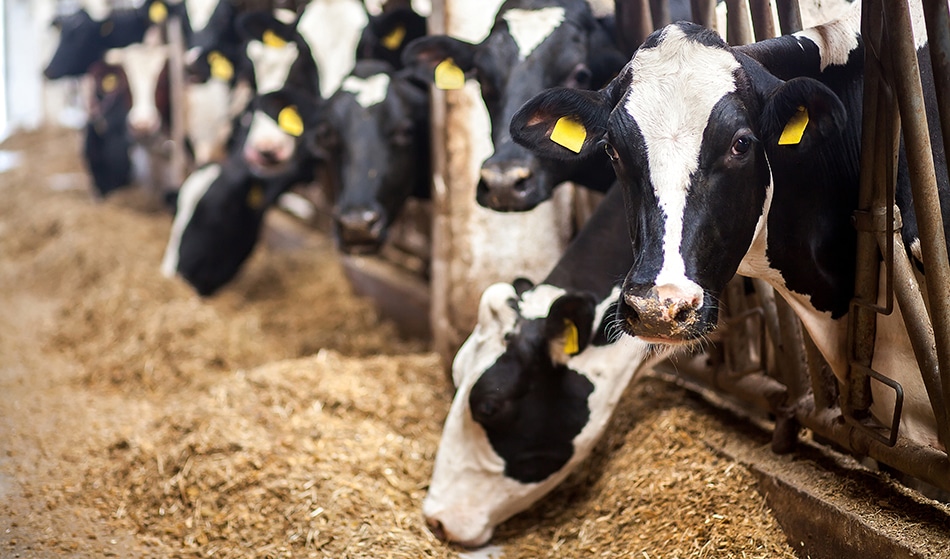USDA FSIS Salmonella Monitoring in Animal Feed
The United States Department of Agriculture Food Safety and Inspection Service (FSIS) mandates rigorous testing to ensure that animal feed is free from harmful pathogens, particularly Salmonella. This requirement underscores the critical role of microbiological testing in safeguarding public health and ensuring food safety.
Salmonella is a bacterium capable of causing severe illness in humans who consume contaminated animal products such as meat, poultry, and eggs. While it primarily affects livestock and pets, contaminated feed can act as a vector for Salmonella to enter the food chain. Therefore, monitoring for Salmonella in animal feed is a cornerstone of FSIS's mission to protect public health.
The testing process involves several stages, including sample collection, transportation, preparation, and analysis using advanced microbiological techniques. The goal is to identify any presence of Salmonella in the feed, allowing for timely intervention if contamination is detected. This approach ensures that only safe and wholesome feed reaches consumers.
The testing protocol adheres strictly to FSIS guidelines as well as international standards such as ISO 16865-2 and ASTM E1794. Compliance with these standards guarantees the reliability of test results, ensuring that the data can be trusted by regulatory bodies and industry stakeholders alike.
Accurate and timely detection of Salmonella in animal feed is essential for maintaining compliance with FSIS regulations. Failure to comply can result in product recalls, fines, and a tarnished reputation, which could have severe financial implications for businesses involved in the production or distribution of animal feed.
The laboratory responsible for this testing employs state-of-the-art equipment and methodologies, including culture-based techniques such as the modified traditional enrichment broth (MTEB) method and advanced molecular detection methods like PCR. These tools enable precise identification and quantification of Salmonella in various sample matrices, ensuring comprehensive coverage.
Given the stringent nature of FSIS regulations, it is imperative that testing laboratories maintain high standards of quality assurance and control. This includes rigorous calibration procedures for instruments, regular validation of test methods, and participation in proficiency testing programs organized by regulatory bodies such as AOAC International or FDA.
The expertise and experience of the laboratory team are crucial factors in ensuring successful Salmonella monitoring campaigns. Trained microbiologists and technicians employ a methodical approach to sample handling, processing, and analysis to minimize contamination risks and ensure accurate results.
Benefits
The implementation of USDA FSIS Salmonella monitoring in animal feed offers numerous benefits to businesses operating within the agricultural sector. By adhering to these stringent testing protocols, companies can:
- Avoid product recalls and associated financial losses.
- Ensure compliance with federal regulations, thereby protecting their reputation.
- Guarantee the safety of animal feed, reducing the risk of Salmonella transmission to livestock and pets.
- Minimize the potential for contamination in downstream food products derived from animals consuming contaminated feed.
Industry Applications
| Application | Description |
|---|---|
| Agricultural Feed Manufacturers | Ensure that feed batches meet FSIS standards for Salmonella contamination. |
| Retailers and Distributors of Animal Feed Products | Verify the safety of feed products before offering them to consumers. |
| Pet Food Manufacturers | Monitor feed inputs for pet food to prevent Salmonella contamination in final products. |
| Livestock Farms and Ranches | Screen feed supplies to ensure they do not pose a risk to livestock health. |
| Poultry Farms | Test feed for Salmonella to prevent outbreaks among poultry populations. |
Customer Impact and Satisfaction
Customers, particularly those involved in the agricultural sector, benefit greatly from the rigorous Salmonella monitoring services provided by our laboratory. By leveraging these services, they can:
- Earn consumer trust through proven compliance with FSIS regulations.
- Showcase their commitment to food safety and public health.
- Reduce operational risks associated with Salmonella contamination.
- Promote a positive brand image, enhancing market competitiveness.





